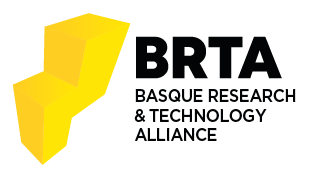AR-assisted surgery: Precision placement of patient specific hip implants based on 3D printed PSIs
Egileak: Tanya Fernández Javier Orozco José Calvo Rubén Pérez Elena Aguilera Carla de Gregorio Alicia Pose Javier Pascau Mónica García
Data: 01.12.2024
Healthcare Technology Letters
Abstract
Patient-specific implant placement in the case of pelvic tumour resection is usually a complex procedure, where the planned optimal position of the prosthesis may differ from the final location. This discrepancy arises from incorrect or differently executed bone resection and improper final positioning of the prosthesis. In order to overcome such mismatch, a navigation solution is presented based on an augmented reality application for HoloLens 2 to assist the entire procedure. This involves placing patient-specific instruments for tumour resection guidance in the supraacetabular, ischial and symphysial regions, performing the osteotomy and assisting within the adequate positioning of the implant. The supraacetabular patient-specific instrument and the prosthesis included optical markers attached to them to be used as reference for surgical guidance. The proposed application and workflow were validated by two clinicians on six phantoms, designed and fabricated from different cadaver specimens. The accuracy of the solution was evaluated by comparing the final position after navigation with the position defined in the surgical plan. Preliminary assessment shows promising results for the guidance system, with positive clinician feedback.
BIB_text
title = {AR-assisted surgery: Precision placement of patient specific hip implants based on 3D printed PSIs},
journal = {Healthcare Technology Letters},
pages = {402-410},
volume = {11},
keywds = {
augmented reality; biomedical imaging; computer vision; holography; prosthetics; surgery; tracking
}
abstract = {
Patient-specific implant placement in the case of pelvic tumour resection is usually a complex procedure, where the planned optimal position of the prosthesis may differ from the final location. This discrepancy arises from incorrect or differently executed bone resection and improper final positioning of the prosthesis. In order to overcome such mismatch, a navigation solution is presented based on an augmented reality application for HoloLens 2 to assist the entire procedure. This involves placing patient-specific instruments for tumour resection guidance in the supraacetabular, ischial and symphysial regions, performing the osteotomy and assisting within the adequate positioning of the implant. The supraacetabular patient-specific instrument and the prosthesis included optical markers attached to them to be used as reference for surgical guidance. The proposed application and workflow were validated by two clinicians on six phantoms, designed and fabricated from different cadaver specimens. The accuracy of the solution was evaluated by comparing the final position after navigation with the position defined in the surgical plan. Preliminary assessment shows promising results for the guidance system, with positive clinician feedback.
}
doi = {10.1049/htl2.12112},
date = {2024-12-01},
}







